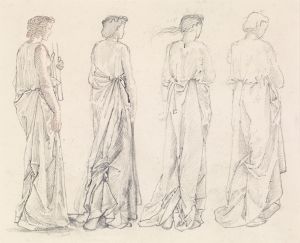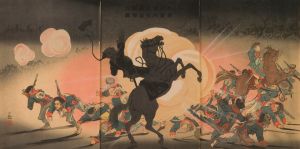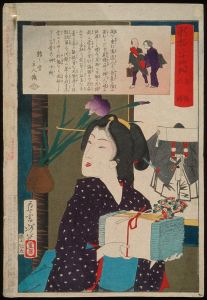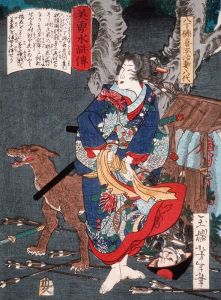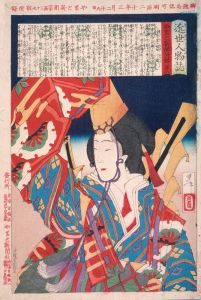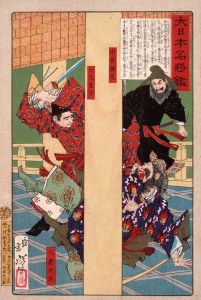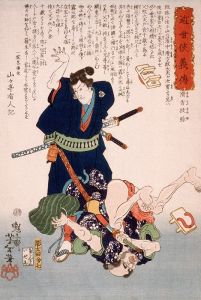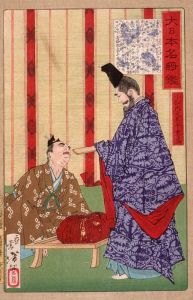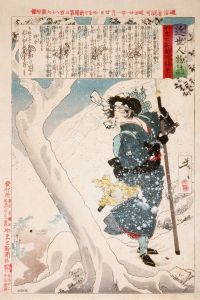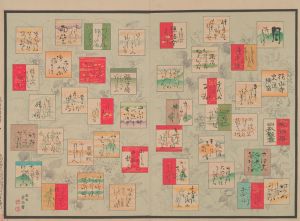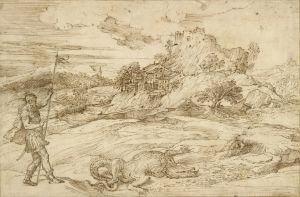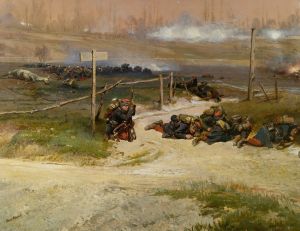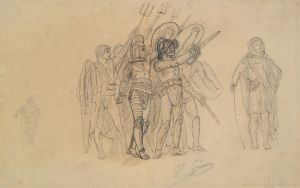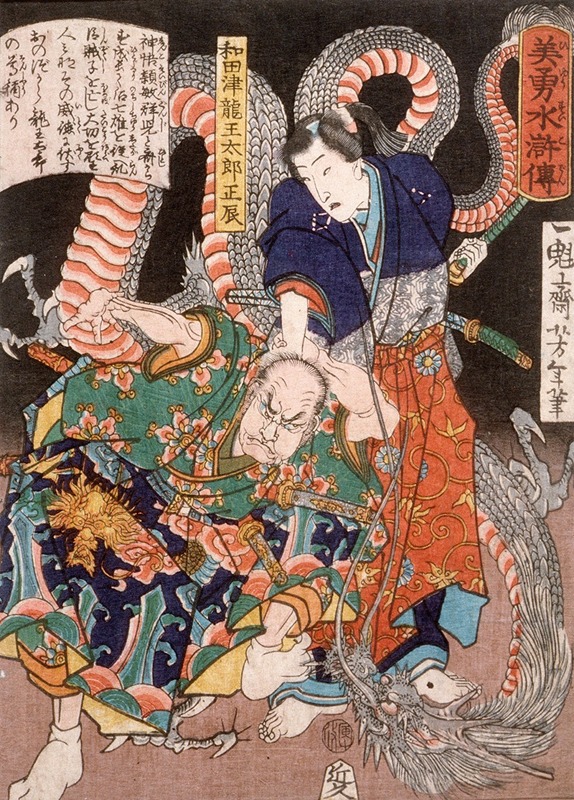
Wadatsu Ryūō Tarō Masatatsu with Dragon and Assailant
A hand-painted replica of Tsukioka Yoshitoshi’s masterpiece Wadatsu Ryūō Tarō Masatatsu with Dragon and Assailant, meticulously crafted by professional artists to capture the true essence of the original. Each piece is created with museum-quality canvas and rare mineral pigments, carefully painted by experienced artists with delicate brushstrokes and rich, layered colors to perfectly recreate the texture of the original artwork. Unlike machine-printed reproductions, this hand-painted version brings the painting to life, infused with the artist’s emotions and skill in every stroke. Whether for personal collection or home decoration, it instantly elevates the artistic atmosphere of any space.
"Ryūō Tarō Masatatsu with Dragon and Assailant" is a woodblock print by the renowned Japanese artist Tsukioka Yoshitoshi, who was active during the late Edo and early Meiji periods. Yoshitoshi is celebrated for his innovative approach to ukiyo-e, a genre of Japanese art that flourished from the 17th through the 19th centuries. His work is known for its dynamic compositions, dramatic use of color, and often, its exploration of supernatural themes.
This particular print is part of Yoshitoshi's series "New Forms of Thirty-Six Ghosts" (Shinkei Sanjūrokkaisen), which was published between 1889 and 1892. The series is a collection of prints that depict various supernatural stories, legends, and characters from Japanese folklore and history. Yoshitoshi's fascination with the supernatural and the macabre is evident in this series, which is considered one of his masterpieces.
The print "Ryūō Tarō Masatatsu with Dragon and Assailant" features a dramatic scene involving Ryūō Tarō Masatatsu, a legendary figure often associated with dragons in Japanese mythology. In the artwork, Masatatsu is depicted in a dynamic pose, engaged in a confrontation with an assailant, while a dragon looms in the background. The dragon, a significant symbol in East Asian culture, often represents power, strength, and protection. In this context, it may symbolize the supernatural forces at play or the inner strength of Masatatsu himself.
Yoshitoshi's use of color and line in this print is characteristic of his later work, where he employed bold colors and intricate details to convey emotion and movement. The contrast between the vibrant hues of the dragon and the more subdued tones of the human figures creates a sense of tension and drama. The composition draws the viewer's eye across the scene, emphasizing the interaction between the characters and the mythical creature.
The historical and cultural context of Yoshitoshi's work is significant. During the Meiji period, Japan was undergoing rapid modernization and Westernization, which influenced many aspects of Japanese society, including art. Yoshitoshi's work, while rooted in traditional Japanese themes and techniques, also reflects the changing times. His ability to blend traditional subjects with a modern sensibility helped to revitalize the ukiyo-e genre during a period when it was in decline.
Yoshitoshi's prints, including "Ryūō Tarō Masatatsu with Dragon and Assailant," are highly regarded for their artistic merit and historical significance. They offer insight into the cultural and social dynamics of late 19th-century Japan, as well as the enduring appeal of folklore and mythology. Today, Yoshitoshi is celebrated as one of the last great masters of ukiyo-e, and his works continue to be studied and admired for their technical skill and imaginative power.
In summary, "Ryūō Tarō Masatatsu with Dragon and Assailant" is a testament to Tsukioka Yoshitoshi's mastery of the woodblock print medium and his ability to capture the essence of Japanese folklore through his art. The print remains a valuable piece for both its artistic qualities and its reflection of the cultural narratives of its time.





